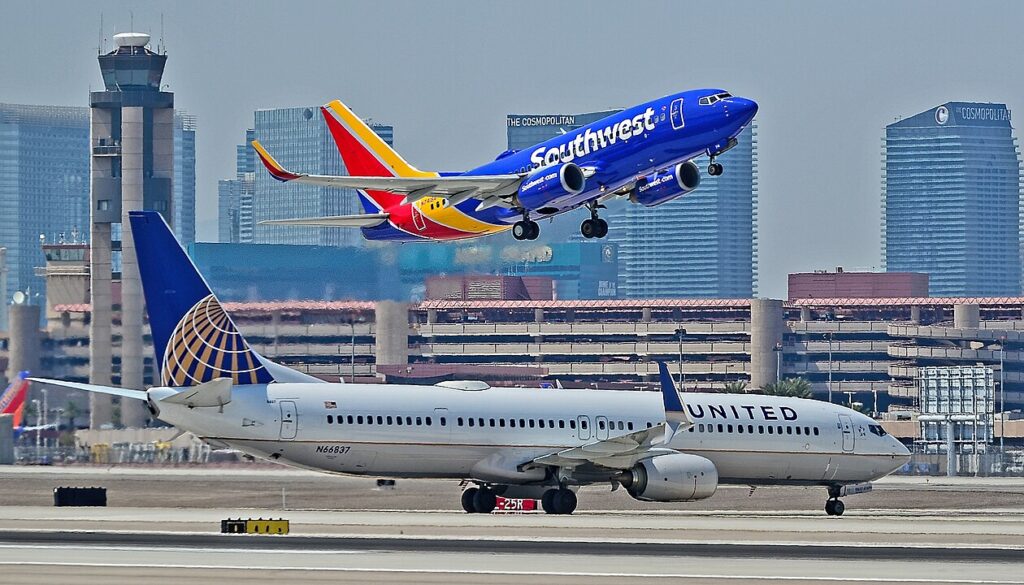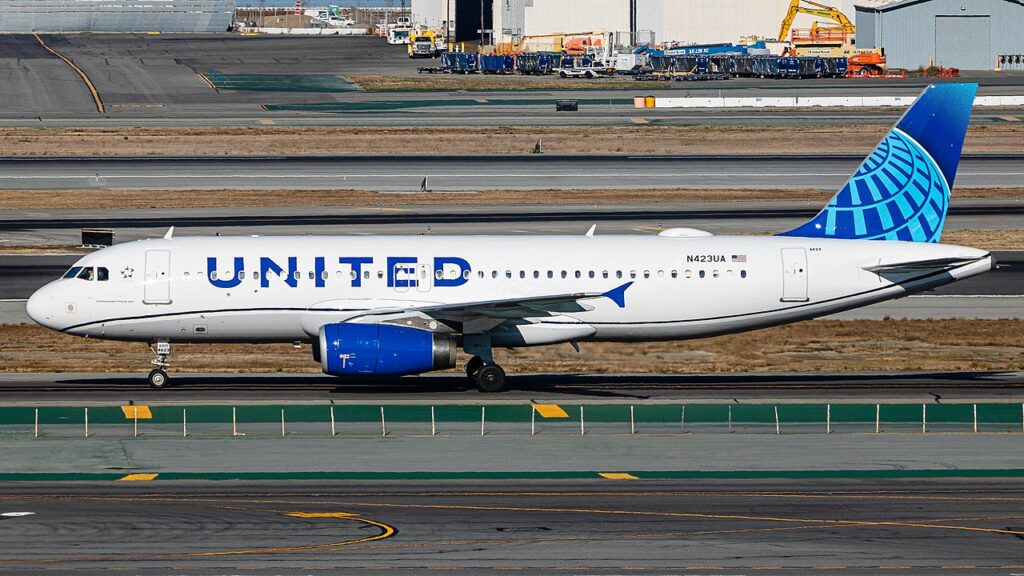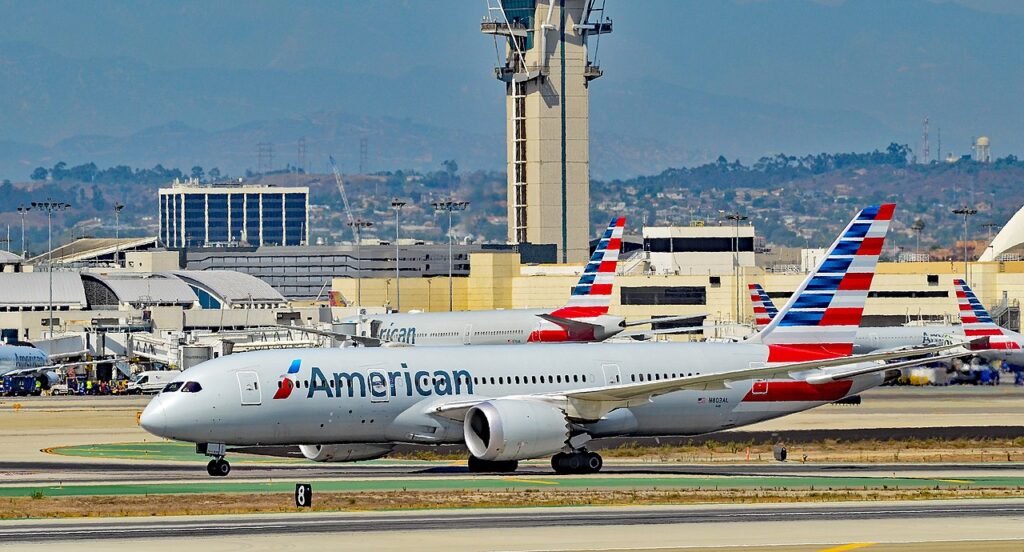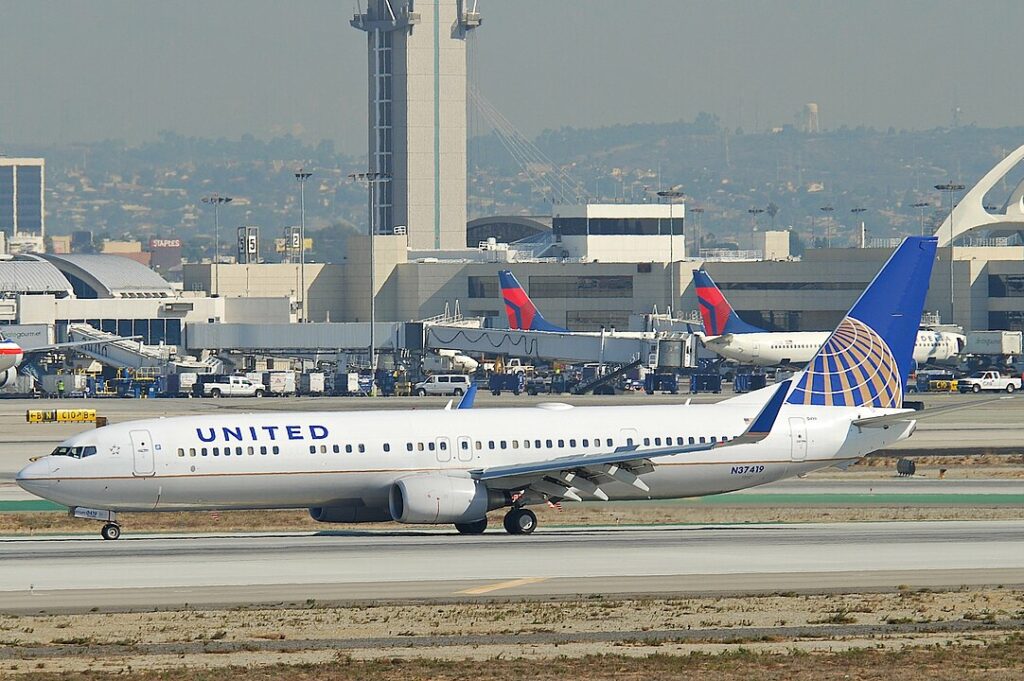NEW YORK- Leading U.S. airlines have formally requested an extension from the Federal Aviation Administration (FAA) for the reduction of minimum flight requirements at congested airports in the New York City area and a key Washington airport.
The airlines are citing the existing deficiency in air traffic control staffing as the rationale behind this appeal.
Earlier in March, the FAA had granted the temporary request made by Delta Air Lines (DL) and United Airlines (UA) to relinquish up to 10% of slots and flight allocations at both the New York-area airports and Washington National Airport, effective until September 15.

US Airlines Request to Cuts New York Requirements
Airlines for America, a prominent trade association representing major carriers, has communicated its request, as revealed in a letter obtained by Reuters, for an extension of the flight requirement reductions until October 28.
This call stems from the observation that staffing levels in a crucial northeastern air traffic sector have not exhibited significant improvement.
Airlines must utilize at least 80% of slots at congested airports to avoid losing them. In the letter by Airlines for America, the association highlighted that the challenges posed by air traffic control staffing and extreme weather are circumstances beyond their control.
They further emphasized that extending relief for the remainder of the summer would benefit the flying public, leading to minimized disruptions and enhanced predictability for both airlines and passengers.

United Forced to Cuts Flights
In the previous month, United, headquartered in Chicago, announced its intention to reduce its daily flights at Newark Liberty International Airport to approximately 395, down from the initially planned 410 flights.
This adjustment was made after initially planning 438 flights on peak days before the FAA’s waiver.
A government audit conducted in June underscored critical shortages in air traffic staffing faced by the FAA, revealing the absence of a comprehensive strategy to address these shortages.
The audit findings highlighted that staffing levels at the New York Terminal Radar Approach Control (TRACON) were at 54% of the optimal levels. Additionally, the TRACON had a total of eight supervisors, despite being authorized for 30.

CC BY-SA 2.0, https://commons.wikimedia.org/w/index.php?curid=63558701
ATC Staff Challenges
During the previous summer, 41,498 flights originating from New York airports experienced delays influenced by air traffic control staffing challenges.
In March, the FAA revealed its intention to reallocate roughly 100 square miles of airspace from Newark, specifically the N90 area, to the Philadelphia Terminal Radar Approach Control in order to mitigate staffing concerns.
However, Airlines for America highlighted that despite the issuance of the March waiver, the transfer of Newark airspace and the significant improvement of staffing levels at N90 has not been realized, as stated in the letter submitted on Monday.
Stay tuned with us. Further, follow us on social media for the latest updates.
Join us on Telegram Group for the Latest Aviation Updates. Subsequently, follow us on Google News.

